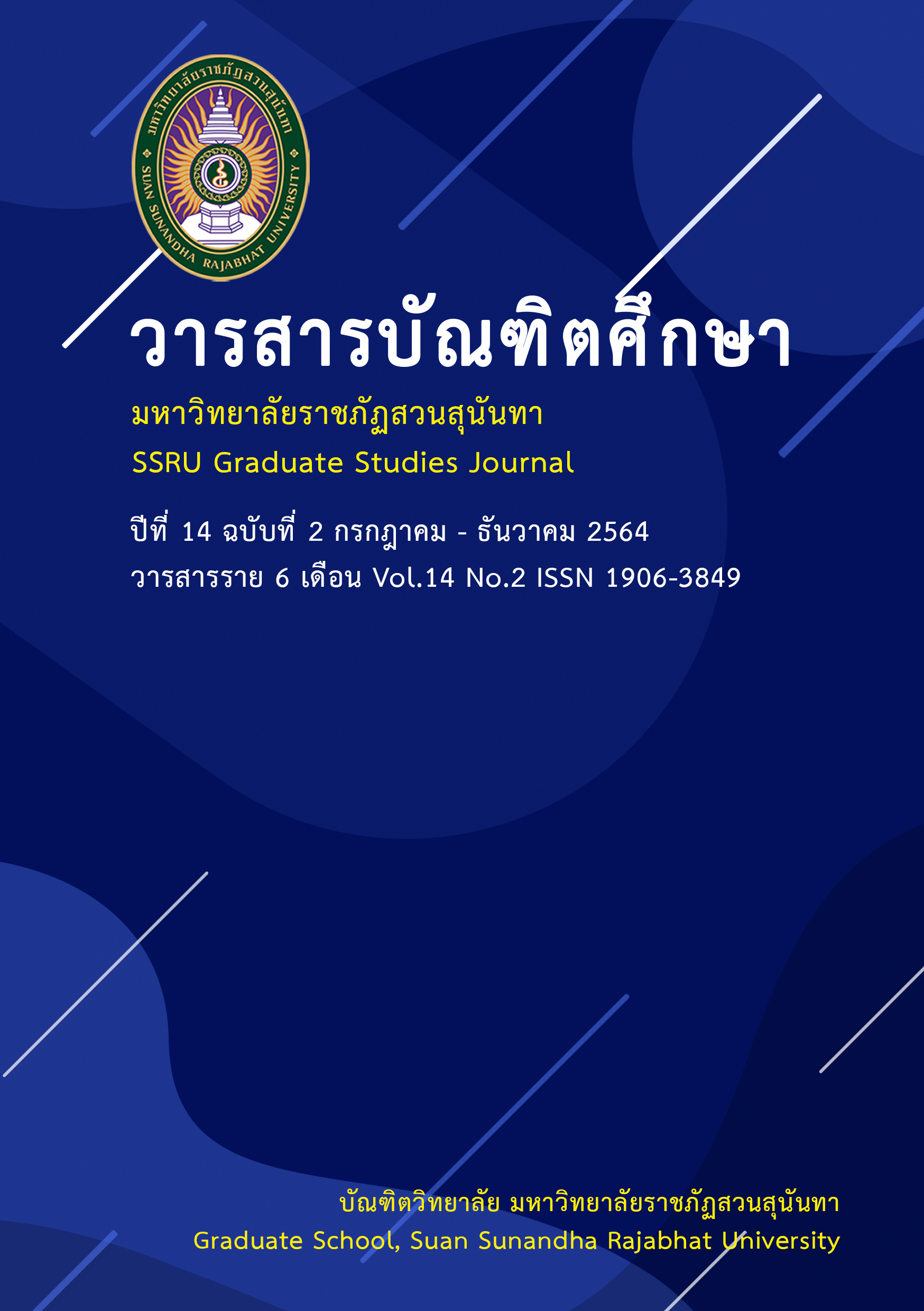Guidelines for The Development of Organizational of Excellence for The Juvenile and Familycourt Under The Office of The Courts of Justice Region 7
Main Article Content
Abstract
This research aimed to study: 1) level of citizenship behavior, transformational leadership, learning organization and the organization of excellence of the Juvenile and Family Court under the Office of the Court of Justice Region 7; 2) citizenship behavior, transformational leadership and learning organization factors affecting the organization of excellence of the Juvenile and Family Court under the Office of the Court of Justice Region 7; and 3) guidelines for the development of the organization of excellence for the Juvenile and Family Court under the Office of the Court of Justice Region 7. This research employed a mixed research methodology. In the quantitative study, the sample consisted of 180 personnel of the Juvenile and Family Court under the Office of the Court of Justice Region 7. They were selected by using stratified sampling. The research tool was a questionnaire created by the researcher. The questionnaire was verified with an acceptable level of content-validity and reliability tests. The statistics used for data analysis consisted of frequency, percentage, mean, standard deviation and multiple regression analysis. As for the qualitative research part, data were collected via interviews with 6 key informants and analyzed by content analysis. The research results showed that: 1) In overall, citizenship behavior was rated at the highest level whereas transformational leadership, learning organization and the organization of excellence were rated at a high level; 2) the factors affecting the organization of excellence of the Juvenile and Family Court under the Office of the Court of Justice Region 7 consisted of learning organizations and transformational leadership; and 3) the guidelines for the development of the organization of excellence for the Juvenile and Family Court under the Office of the Court of Justice Region 7 included: sharing information and promoting accessible communication, setting clear goals and ensuring that the goals of each departments are in the same direction, promoting continuous learning, paying attention to customers, implementing an efficient system and structure and decentralizing decision-making power to all personnel.
Article Details
References
ราตรี ศรีไพรวรรณ. (2555). การพัฒนากลยุทธ์การบริหารความเป็นเลิศของโรงเรียน มาตรฐานสากล ระดับประถมศึกษา. (ปริญญาครุศาสตรดุษฎีนิพนธ์). กรุงเทเพฯ:จุฬาลงกรณ์มหาวิทยาลัย.
สมกิต บุญยะโพธิ์. (2555). รูปแบบการบริหารสถานศึกษาขั้นพื้นฐานสังกัดสำนักงานเขตพื้นที่การศึกษาประถมศึกสู่ความเป็นเลิศ. (วิทยานิพนธ์ปรัชญาดุษฎีนิพนธ์). นครปฐม: มหาวิทยาลัยศิลปากร.
อาจารี ฉัตรมณี. (2560). ภาวะผู้นำการเปลี่ยนแปลงของผู้บริหารสถานศึกษากับการเป็นองค์การแห่งการเรียนรู้ของโรงเรียนมาตรฐานสากล ระดับมัธยมศึกษา จังหวัดกระบี่. (สารนิพนธ์ศึกษาศาสตรมหาบัณฑิต). สงขลา: มหาวิทยาลัยหาดใหญ่.
Arar, K. & Abu Nasra, M. (2019). Leadership style, occupational perception and organizational citizenship behavior in the Arab education system in Israel. Journal of Educational Administration, 57(1), 85-100.
Bass, B. M. & Avolio, B. J. (1994). Improving organizational effectiveness through transformational leadership. Thousand Oaks: Sage.
Blanchard, K. H. (2007) Leading at a higher level: Blanchard on leadership and creating high performance organization. Englewood Cliffs, NJ: Prentice-Hall.
Blanchard, P.N., & Thacker, J. W. (2007) Bffective Training Systems, Strategies, and Practices (3 rd ed.). New Jersey: Prentice Hall.
Buytendik, F. (2006, February). Five deys to building high-performance organization. Business Performance Magazine, 6(3), 45.
Organ, D. W. (1991). Organizational behavior (4 th ed.). Homewood, IL: Richard D. Irwin.
Senge, P. M. (1990). The fifth discipline: The art and practice of the learning organization. New York: McGraw-Hill.
Taylor, C. M., Cornelius, C. J. & Colvin, K. (2014). Visionary leadership and its relationship to organizational effectiveness. Leadership & Organization Development Journal, 35(6), 566-583.


